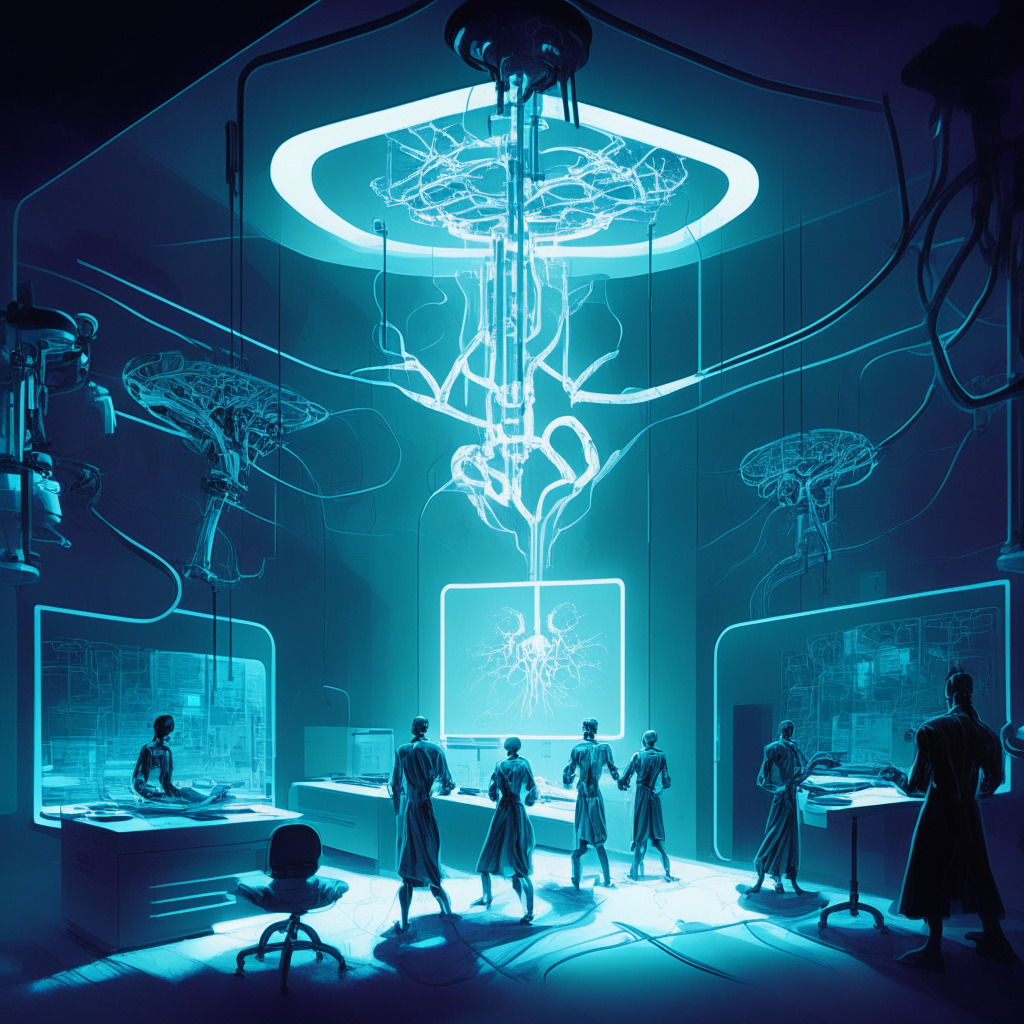Artificial Intelligence is making waves in fields far beyond what many would typically image – such as the treatment of aggressive brain tumors. Surgeons are being assisted by an AI tool named the Cryosection Histopathology Assessment and Review Machine (CHARM). The primary value of CHARM, beyond its potential to increase accuracy, lies in its speed.
CHARM can evaluate images and identify the genetic profile of gliomas – an aggressive type of brain tumor – contrasting with current processes that can take many days or even weeks. Normally, doctors would face a delay as test results come in and guide their operations. The AI tool may not match the precision of those genetic tests, but its ability to generate an immediate prediction is revolutionary.
In terms of specifics, CHARM can differentiate between benign and malignant tumor cells and even determine the tumor’s grade, thus indicating its level of aggressiveness. These assessments are typically performed by human pathologists during surgery. But with CHARM, surgeons may soon be spared from climbing the nerve-racking peaks of uncertainty as they wait for a pathologist’s report.
The seriousness of glioma, especially its deadly variant known as glioblastoma, can’t be overstated. The survival rate languishes around 17% past the second year post-diagnosis, leaving doctors in a race against time. Quick and accurate assessments of these aggressive tumors are of paramount importance.
In this mad rush against time, the AI tool’s proficiency isn’t limited to quick assessments. It can contribute to decision-making processes surrounding the extent of tissue removal and potential use of drug-coated wafers in treatment.
As we marvel at this seemingly futuristic application of AI, we should remember that all is not quite rosy. While CHARM offers a wealth of benefits, its accuracy is yet to match current genetic tests. Also, further work has to be done to ensure that the technology is able to operate reliably given the high stakes of its duties.
Regardless of these hurdles, CHARM is a beacon of hope in the grim war against aggressive brain tumors. The tireless work of researchers in the augmentation of AI promises to shape the future of medicine, and indeed, give hope to thousands battling this life-altering condition. As we watch the progress of AI assistance in brain tumor treatment, we hold our collective breath, eager for the next big leap it brings.
Source: Cointelegraph




